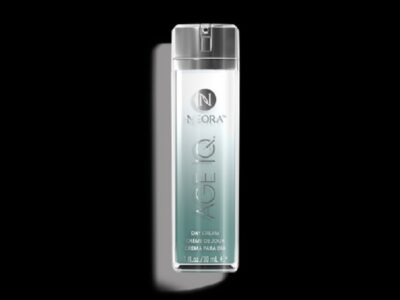Leasing for A Business
Leasing for a business can be an advantageous option to consider. By leasing, your business can have the use of property or equipment without having to incur the costs of purchasing it outright. Leasing also allows for a greater degree of flexibility, as you can often lease for a shorter period of time than you would need to buy.
There are a few things to keep in mind when leasing, however. Make sure you understand the lease agreement fully and be aware of any hidden costs. Also, be sure to factor in the cost of maintenance and repairs, as these may not be covered by the lease agreement. By taking these things into account, you can ensure that leasing is the best option for your business.
Some businesses lease their equipment or office space, rather than purchasing it outright. There are advantages to this arrangement – for instance, it can be cheaper in the long run and more flexible.
However, there are also some things to keep in mind before signing a lease. Make sure you understand all the terms and conditions, as well as the cost of repairs and maintenance. By doing so, you can be sure that leasing is the best option for your business.
There are many benefits to leasing for a business. It can provide the flexibility to upgrade equipment as needed, acquire new property or vehicles, and manage cash flow more effectively. When considering lease options, it is important to understand the types of leases available and the potential risks and rewards associated with each one.
Operating Leases
An operating lease is a lease that does not provide the option to purchase the leased asset at the end of the lease term. Operating leases are generally for shorter terms (1-5 years) and are used for equipment, vehicles, or real estate. The lessee is responsible for maintenance and repairs, and typically has the right to use the asset for the duration of the lease.
Advantages:
- Operating leases can provide flexibility to upgrade equipment as needed since the lease terms are generally shorter.
- Maintenance and repair costs are typically the responsibility of the lessee, which can be helpful in managing cash flow.
Disadvantages:
- Since operating leases do not provide the option to purchase the leased asset, there is no equity buildup.
- If the lease is terminated early, the lessee may be subject to penalties.
Capital Leases
A capital lease is a lease that provides the option to purchase the leased asset at the end of the lease term. Capital leases are typically for longer terms (5-10 years) and are used for equipment, vehicles, or real estate. The lessee is responsible for maintenance and repairs, and typically has the right to use the asset for the duration of the lease.
Conclusion
Leasing can be a great option for businesses when done correctly. By understanding the different types of leases available and their associated risks and rewards, businesses can lease equipment, office space, or vehicles in a way that best suits their needs. However, there are also some things to keep in mind before signing a lease. Make sure you understand all the terms and conditions, as well as the cost.





